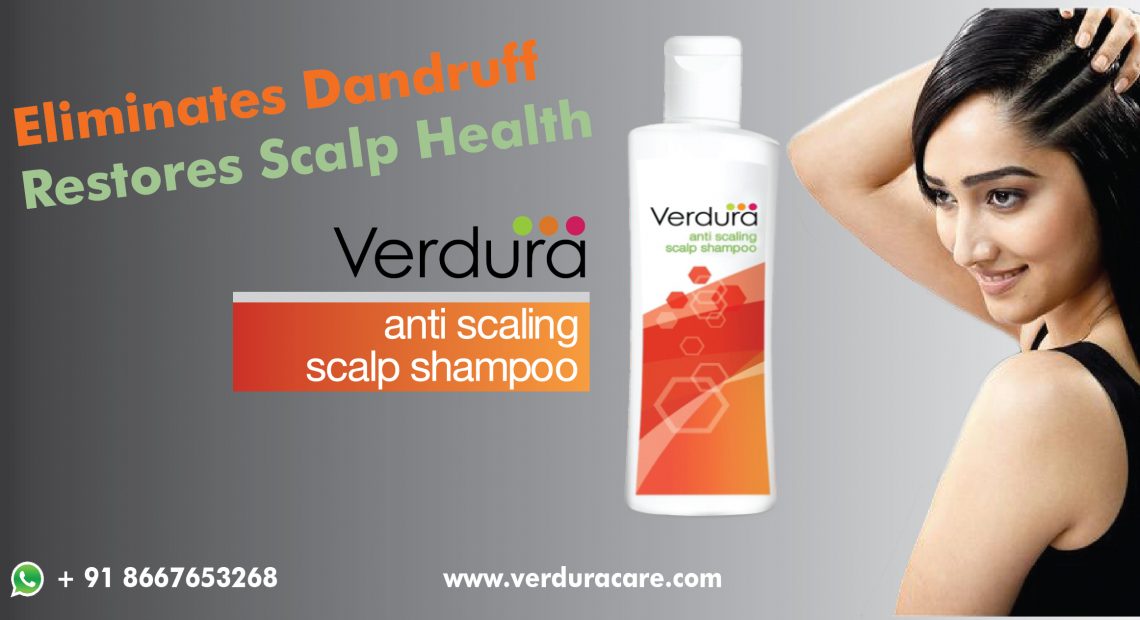Winter conditions may present some additional challenges. There’s some evidence that ultraviolet light exposure has an effect on the body’s production of different types of immune cells, as well as on the populations of bacteria that live on the skin’s surface.
In winter, when UV light exposure tends to be low, the resulting bacterial and immune system shifts may make acne breakouts more common, leaving behind persistent dark spots called hyperpigmentation.

Hyperpigmentation may seem like a summer thing but when skin cells are inflamed and damaged, the increased melanin releases pigment deeper into skin layers and between skin cells, causing darker patches (hyperpigmentation).
Winter is the time due to the dry weather, cold temperatures and decreased humidity cause dry patches on the skin and worsen skin conditions like acne further leading to hyperpigmentation as a mark.
Why hyperpigmentation occurs in winter?
The skin is the body’s first line of defense against pathogens. When the weather changes and turns dry in the fall, so does the propensity for our skin to become dryer. In winter, temperatures start to decrease, the air is less humid & drier and airborne allergens increase. All of these factors contribute to dryness and dehydration.
When the skin barrier is compromised, it lacks the ability to hold onto oil and water. The skin starts to become itchy and that scratching leads to a rash. As the cycle persists, this leads to inflammation and hyperpigmentation.

Why acne occurs in winter?
Some may experience worse acne breakouts during the winter. One reason for this could be sebum, which is a kind of oil secreted by the skin. Sebum is secreted more as a result of dry skin in winter. Too much sebum production can make the cells in your skin to stick together. This in turn, can lead to clogged pores and acne breakouts during winter.
When the skin is void of oils, moisture leaks out of the skin and causes dryness. When it’s cold, there is less moisture in the environment; when the skin’s natural moisture barrier is compromised, it less able to fight bacteria [like P.acnes] and infection causing acne.

Hyperpigmentation acne occurs when a dark spot appears in place of a pimple that has disappeared. Hyperpigmentation acne is different than other forms of acne because it does not appear as a raised pimple but rather a dark spot or patch on the skin.
Causes
Dark spots may appear on the skin after a pimple resolves because the skin produces extra melanin. Melanin is the substance that gives the skin color. The overproduction of melanin in one spot or patch on the surface of the skin can cause it to appear tan, brown, or dark brown. Some hyperpigmentation acne lesions can occur in the dermis. These deeper lesions will appear blue-gray and can be permanent.
The overproduction of melanin can cause inflammation of the skin. Researchers suggest that some inflammatory and immune factors can stimulate the production of melanin. These are some factors involved:
- prostanoids
- cytokines
- chemokines
- reactive oxygen species

Once a person develops hyperpigmentation acne, some external factors, such as sun or UV light exposure, may aggravate its appearance. Hyperpigmentation acne that is deep in the dermis of the skin can be more difficult to treat and possibly even permanent.
Before choosing a skin-lightening product, opt for the product which clears the problem at root cause level. Hyperpigmentation acne occurs when a dark spot appears in place of a pimple that has disappeared. So treat this problem at root cause level by clearing acne which wont leave any post inflammatory hyperpigmentation marks.
The right choice for speedy recovery of acne could be the use of Verdura anti acne pack packed with the goodness of Aloevera that actually will be boosting the blood flow in your skin and killing off harmful bacteria. Verdura anti-acne pack is an easy wash off product, meaning it can be applied and washed off in a few minutes. The product treats pimples effectively by removing sebum and black heads in your skin. It also reduces the inflammation, removes the pimple marks while giving sun protection to skin after the product is washed off.


Verdura Anti-acne pack is a clinically tested hypoallergenic solution that treats your acne, while nourishing and soothing your skin. It contains natural ingredients such as aloe vera and calamine. Aloe vera is a well-known for its natural moisturizing and anti- bacterial properties, while the calamine helps to fight the pimple by removing excess oil in the skin.




